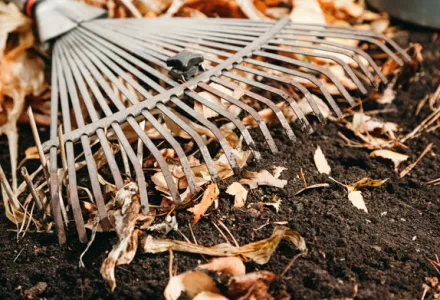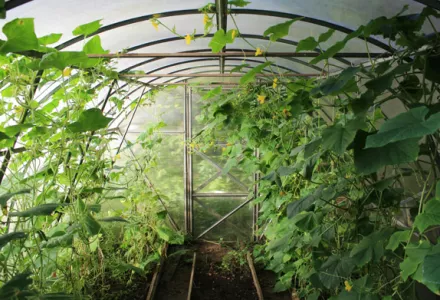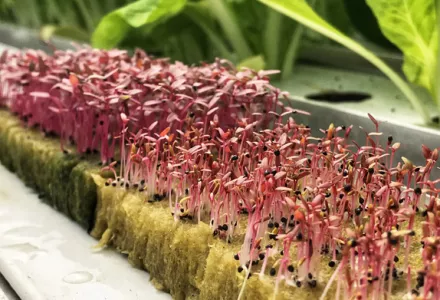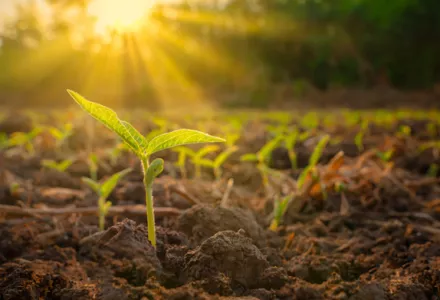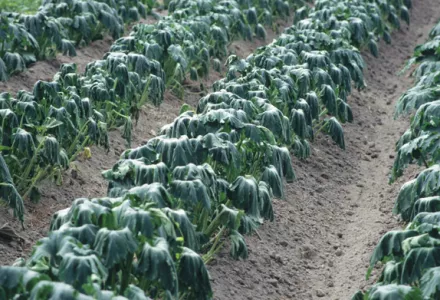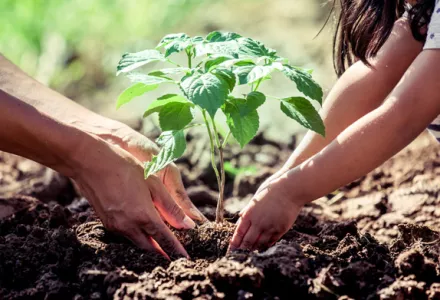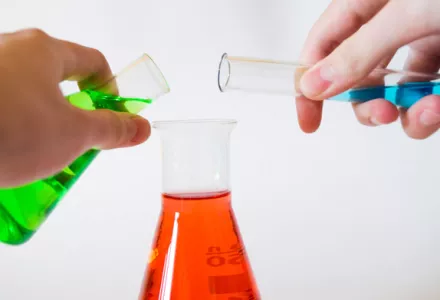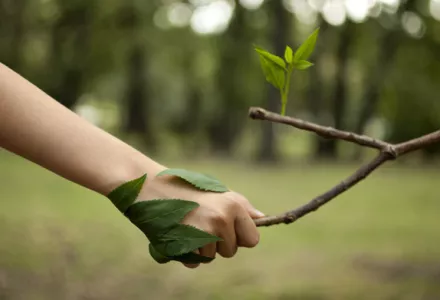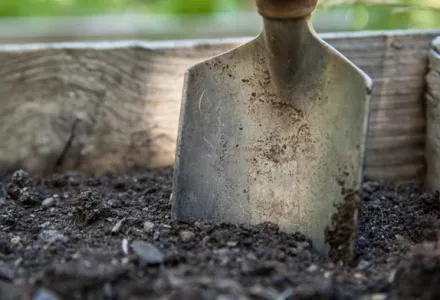In the previous article we have described the 3 most occurring types of plant stress; environmental, mechanical & drought stress. In this article we'll describe the other 5, most occurring forms of plant stress.
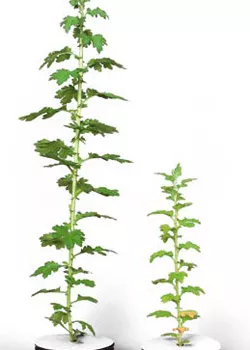
Over-watering
Over-watering a plant can kill it more quickly than lack of water. In waterlogged soil there is not enough oxygen for the roots. This is because oxygen diffusion through water is about 10,000 times slower than through air. Without oxygen, anaerobic respiration occurs in the roots, producing toxic compounds in the plant. The symptoms of overwatering also include wilting, yellowing of leaves, root rot and stunted growth. The central issue in over-watering is oxygen deprivation. This triggers many plant species to produce ethylene, which causes some cells in the root to undergo apoptosis - the process of controlled cell death. The destruction of these cells creates air tubes, which can fill with air from the sections of the plant that are above ground. In this way, roots can receive the necessary oxygen even when the soil is still too wet to contain enough air.
The mechanism described above may help in crops such as corn or rice, but most commercial greenhouse crops are not able to maintain the internal oxygen levels. The roots start to rot fast and even if the grower responds quickly to water-logged substrate, the yield loss can be devastating. If you want to know more about oxogen and Carbon dioxide's role and management in the growing environment.
Salt stress
An excess of sodium chloride or other salts in the soil threatens plants for two reasons. First, by lowering the water potential of the substrate, salt can cause a water deficit in plants even though there is plenty of water in the soil. As the water potential of the substrate becomes more negative, the water potential gradient from substrate to roots is lowered, thereby reducing water uptake.
Another problem with saline substrates is that sodium and certain other ions such as chloride become toxic to plants when their concentrations are so high that they overwhelm the selective permeability of the root cell membranes. In other words, the plant is unable to selectively absorb the right nutrients, and only the sodium is taken up by the plant.
Many plant species can respond to moderate substrate salinity by producing solutes that are well tolerated at high concentrations. It has been demonstrated that strawberry is able to produce ‘phenolic compounds’. These compounds are believed to restore or maintain the water potential of plant cells, as compared to the substrate, without admitting toxic quantities of salt. This is only a temporary aid, however, because production losses will occur. If the salt stress takes too long, the plant will eventually die.
Want to know more about ions, distinctions between hard water and soft water and how these differences affect how and what plants are fed? Read the article hard water and soft water.
Heat stress
Extreme heat can damage plants directly, but usually heat damage occurs through increased water loss and plant drought stress. Plants can also become sunburned when shaded foliage is exposed to sunlight during hot, dry periods. When temperatures are extremely high, plants need to bring water from the roots to the leaves and stems. This water then exits the plant through the stomata as water vapor - a process known as transpiration. Transpiration cools the leaves and other plant parts and prevents damage from heat stress. However, if there is not enough water for this process, the plant will sacrifice some of its leaf surface, allowing it to burn up.
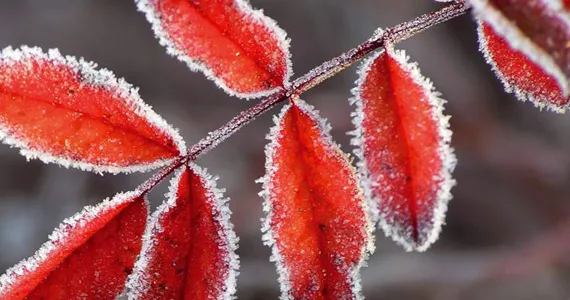
Cold and frost damage
Cold and frost are major causes of crop damage in tender plants, although hardy plants can also suffer if new growth is exposed to a hard frost following a period of warmer weather. Symptoms will often appear overnight, and can affect many types of plants. Leaves and stems may turn black, and buds and flowers may become discolored. Some flowers that have been affected by frost may not produce fruit. More info watch our video: Water temperature for your plants.
Chemical damage
Any kind of chemical applied at the wrong dosage or at the wrong time is capable of damaging the plant physically. Most chemical damage comes from pesticides applied excessively, at the wrong time or during the heat of the day. Careless use of herbicides may also inadvertently damage or kill non-target plants. Spray drift is often a cause of unintentional damage to plants. Chemical damage may appear as red, yellow or brown spots on leaves, leaf tips turning brown, stunted or misshapen plants or widespread browning and death.
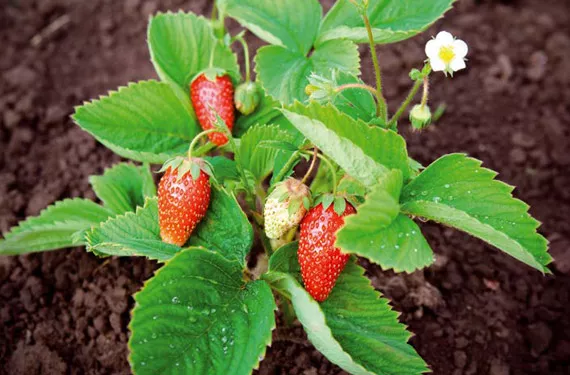
Plant stress conclusion
In this and the previous article we have tried to describe the most important plant parts and their role in some of the most obvious environmental stresses that plants may suffer from. However, the world is much more complex than this. As we have seen in this article roots, leaves (especially the stomata) and the photosynthesis used in apparatus play crucial roles in the specific response of a plant to a stress situation. These responses are often remarkably similar, such as the plant’s response to drought stress or salt stress. Both situations result in a reduction in the plant’s capacity for water uptake.
A lot of research is currently being carried out into exactly which processes underlie the plant’s perception of stress factors and which chemicals in the plant are crucial in making the plant more tolerant to the various forms of environmental stress.

